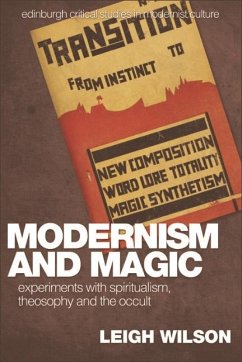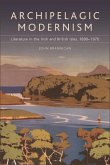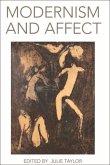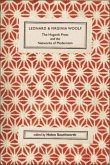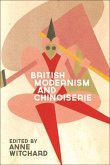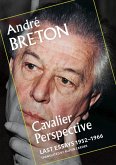Explores the interplay between modernist experiment and occult discourses in the early twentieth century
While modernism's engagement with the occult has been approached by critics as the result of a loss of faith in representation, an attempt to draw on science as the primary discourse of modernity, or as an attempt to draw on a hidden history of ideas, Modernism and Magic argues that occult discourses have at their heart a magical practice which attempts to remake the relationship between world and representation. As Leigh Wilson demonstrates, the discourses of the occult are based on a magical mimesis which transforms the nature of the copy, from inert to vital, from dead to alive, from static to animated, from powerless to powerful. It is this magical mimesis that proved so attractive and productive for those early twentieth-century artists committed to remaking writing, the visual arts and film.
Wilson explores the aesthetic and political implications of the relationship between magic and mimesis in the work of those writers, artists and filmmakers who were most self-consciously experimental, including James Joyce, Ezra Pound, Dziga Vertov and Sergei M. Eisenstein.
Dieser Download kann aus rechtlichen Gründen nur mit Rechnungsadresse in A, B, BG, CY, CZ, D, DK, EW, E, FIN, F, GR, HR, H, IRL, I, LT, L, LR, M, NL, PL, P, R, S, SLO, SK ausgeliefert werden.

